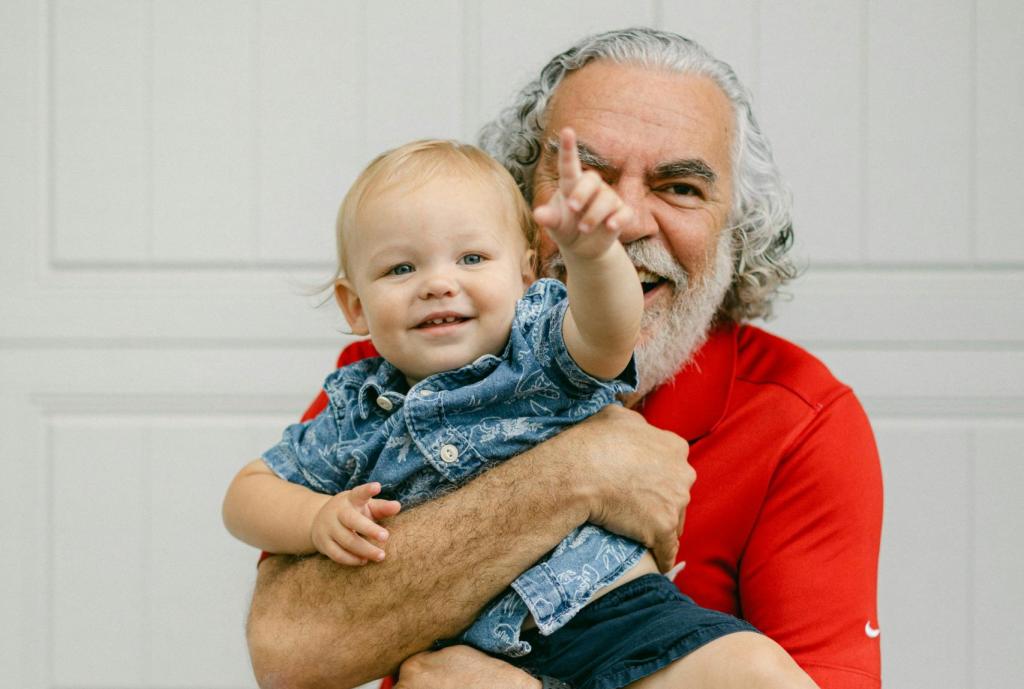
In this blog post Children and Care Proceedings Solicitor Tamar Braddon explains what happens when a parent is asked to put forward family or friends to be assessed to care for their child, and what the assessment process involves.
Often in pre-proceedings or care proceedings, parents are asked by the Local Authority to put forward the names of family members or friends they wish to be assessed to care for their child/children if it is decided that they are not in a position to care. This is often known as a ‘fall back plan’ and is ideally done as early as possible.
Once you provide the name of contact details of those you wish to be assessed, the Local Authority will first complete a viability assessment.
What is a viability assessment?
A viability assessment is an initial assessment done by the Local Authority. It is an initial meeting with the family member/friend put forward to decide whether they could potentially care for the child/children long term. The assessor will usually visit the proposed carer in their home which gives the assessor a chance to look at the physical condition of the home, and gives an initial impression of the proposed carer. The Local Authority will do initial checks, check if they have had any police involvement, and ask basic questions about their family, relationships, employment etc. If the assessor thinks the friend or relative may be a suitable carer for your child, they will recommend a further assessment is carried out. If the not, this will be a negative assessment and no further assessment will take place.
There is a positive viability assessment, what happens next?
The next stage is a special guardianship assessment which is also sometimes referred to as a connected carers assessment. If a child/children is placed with a family member/friend a Special Guardianship Order can be made by the Court which gives the carer parental responsibility for the child/children and allows them to live with and be cared by them until they reach adulthood.
However, before a Special Guardianship Order can be made, a special guardianship assessment must have been undertaken.
Whilst a viability assessment is a brief visit, a special guardianship assessment is more in depth and usually takes 12 weeks to complete. The reports are structured as below:
- Part 1 – The Child’s information
- Part 2 – The Birth Parents Information
- Part 3- The Wishes and feelings
- Part 4- The Prospective Carers information
- Part 5 & 6 – Contains the Support and Statutory requirements
- Part 7 & 8 – Addresses the key issues of SGO and any other orders that could be made
- Part 9 – The Recommendation
- Part 10 – Recommendation regarding contact.
Once the assessment is complete, this can be used to inform the Court whether a Special Guardianship Order can be made. If unfortunately the assessment is negative, a Special Guardianship Order will not be recommended however this can be challenged in court although your friend/relative may wish to take legal advice before doing so.
Understanding the process can make a difficult time feel a little less overwhelming and knowing your options means you can make informed choices for your child’s future. If you need advice or support, our care team is here to help.
Need some advice? Get in touch today
"*" indicates required fields
The information submitted here is used and stored for the purpose of replying to the enquiry. For more information on how we process data please visit our Privacy Policy.

